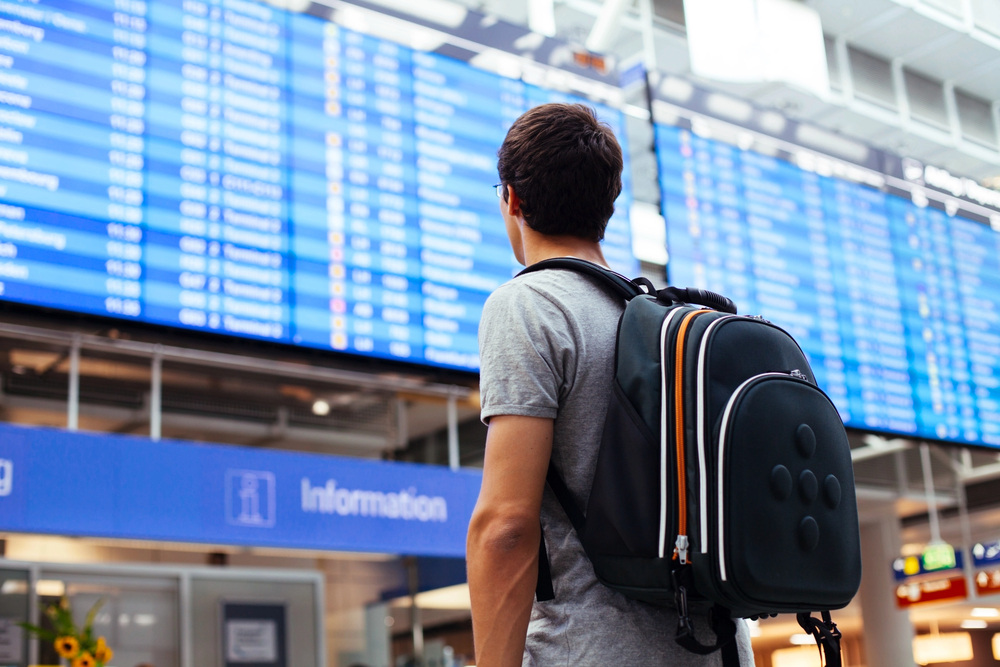Good news! Airports in Europe set to drop the most annoying rule

One of the most frustrating and hotly debated airport regulations of the past few decades—the 100ml liquid limit in carry-on luggage—may soon be a thing of the past at most European airports. The shift comes thanks to the rollout of new-generation security scanners capable of examining larger liquid containers.
Why was the 100ml rule introduced?
The 100ml liquid restriction was put in place back in 2006, following revelations that homemade liquid explosives posed a serious threat to air travel. Traditional x-ray machines couldn’t reliably detect these substances, prompting the EU to impose strict limits on the quantity of liquids allowed on board for safety reasons.
What makes these new scanners different?
The new, advanced CT-based 3D scanners can safely and thoroughly analyze the liquids, aerosols, and gels inside carry-on bags, according to Euronews. This breakthrough technology eliminates the need to enforce the rule requiring all liquids to be in containers no larger than 100ml and packed into a single, resealable, transparent one-liter bag.

Which airports have already adopted the new system?
Italy has led the way in implementing the new scanners, now in operation at airports in both Rome and Milan. These devices are capable of safely inspecting larger liquid containers. Thanks to these advancements, the strict limitations could soon be lifted across the rest of the European Union—pending final approval from the European Civil Aviation Conference (ECAC), according to Transtelex.
What does this mean for us, passengers?
If all goes according to plan and the regulation takes effect in 2025, travelers will no longer need to painstakingly transfer their liquids into tiny 100ml bottles. The change could reduce unnecessary waste, ease security restrictions, and significantly speed up security checks. Overall, the travel experience is expected to become smoother and more comfortable.
When could the new system roll out EU-wide?
European Commission spokesperson Anna-Kaisa Itkonen stated that full documentation detailing the new scanners has already been submitted to the ECAC. As soon as final approval is granted, airports across the EU will begin deploying the new technology in close coordination with airport operators.
This development marks a major shift for European citizens and air travelers, potentially making flying simpler, more convenient, and far less stressful in the near future.
To read or share this article in Hungarian, click here: Helló Magyar
Read more airport-related news on Daily News Hungary!
Read also:







